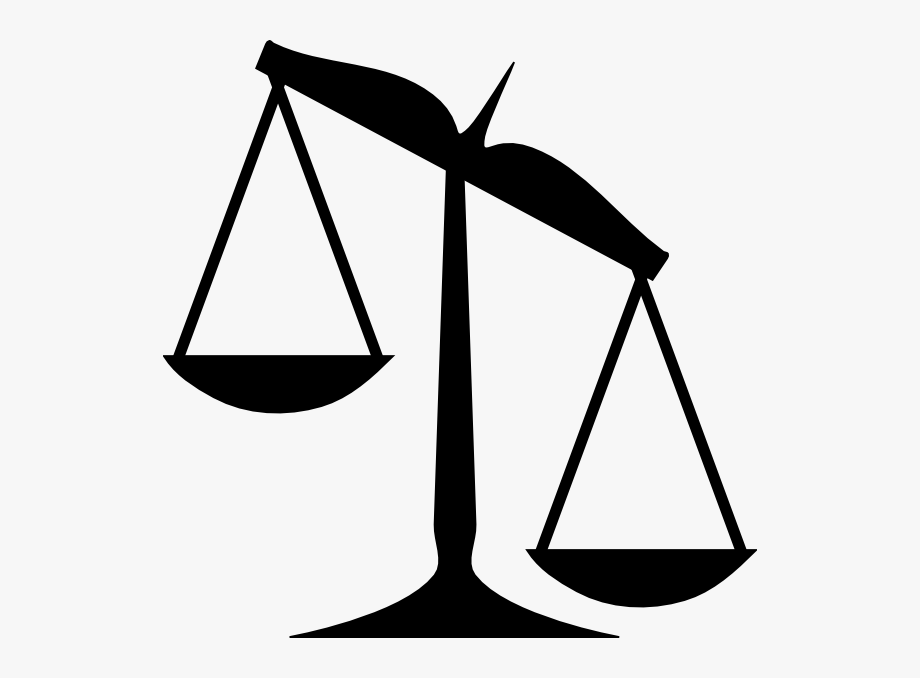All of the lecture notes prepared by Prof. Fisher for use in conjunction with PatentX are contained in two interactive “mind maps.” The first of these maps summarizes the principal rules that constitute patent law in the United States and in several other major jurisdictions. The second summarizes the main theories used by scholars to justify, criticize, or suggest modifications of those rules.
The maps are available in five formats:
- The “iThoughts” versions can be used in conjunction with the iThoughts application — which is inexpensive and compatible with the IOS operating system.
- The “Mindmap” versions can be used in conjunction with the Mindmanager application — which is proprietary and expensive but highly flexible.
- The “XMind” versions can be used and edited with the XMind application — which is both free and open-source. Users interested in exporting the contents of the map into a text-based format suitable for adaptation into a traditional outline may find the export functionality of XMind especially convenient.
- The “Freemind” versions can be used and edited with the Freemind application — which (as its name suggests) is also free.
- The “Html5” versions will open automatically in most modern browsers; no additional application is necessary. However, unlike all of the other versions, they cannot be modified by users.
Links providing access to the various versions are contained in the following chart:
| Patent Law | iThoughts | Mindmap | Freemind | XMind | Html5 |
| Theories of IP | iThoughts | Mindmap | Freemind | XMind | Html5 |
| Fintech | iThoughts | Mindmap | Freemind | XMind | Html5 |
How to use one of these maps:
- To expand and contract branches, click on the “+” and “-” buttons.
- The icons that (depending upon version) look like sections of chain, arrows, or footprints provide links to other documents. Some of those documents consist of statutes, treaties, or judicial opinions; others are slide presentations that examine cases or doctrines in more detail. Once you have explored one of those collateral documents to your satisfaction, close the browser window to return to the main map.
The maps and all of the collateral slide presentations are licensed under a Creative Commons License, the terms of which are available in the Course Overview.
Caution: These maps do not aspire to be treatises; they are not comprehensive, and some of the interpretations they offer of current legal doctrine are controversial. Rather, they are designed to be used as teaching aids. To that end, they attempt to describe and organize the main rules and arguments in each field, paying particular attention to significant recent developments and to especially controversial or unstable issues.
If you make use of these maps and find flaws in them — broken links, errors that need to be corrected, gaps that need to be filled, or references to rules that have been superseded — please email the PatentX course team.
